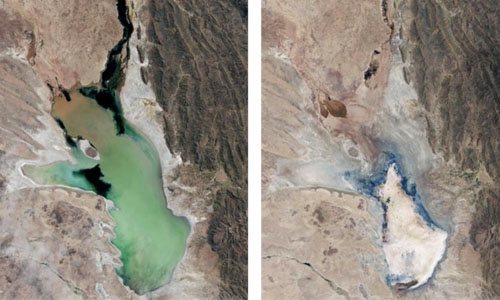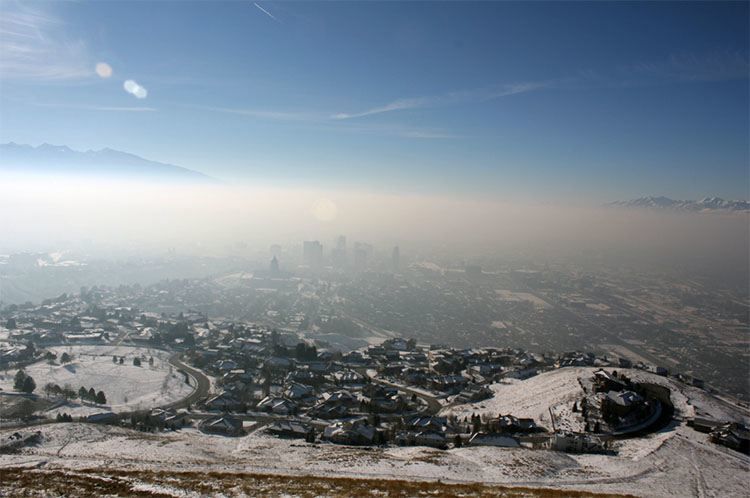
Bolivia’s Second-Largest Lake Dries Up: Is Utah’s Great Salt Lake Next?

Researchers from Utah State University found that the Beehive State’s Great Salt Lake has shrunk by 48 percent since 1847. Meanwhile, Lake Poopó, Bolivia’s second-largest lake, is died up and may be beyond recovery.
The Utah State researchers published their findings last month in a white paper, Impacts of Water Development on Great Salt Lake and the Wasatch Front. They warned that the Great Salt Lake may follow in the footsteps of some of the world’s salt lakes, such as the Aral Sea in central Asia or California’s Owens Lake, which have almost entirely disappeared.
“There’s no doubt about it, Great Salt Lake is shrinking,” Wayne Wurtsbaugh, lead author on the paper, said. “Though we’ve witnessed droughts and floods in recent decades, impacts of water diversions have decreased the lake’s level by 11 feet.”
The authors blame overconsumption, particularly agriculture, which consumes 63 percent of the water in the Great Salt Lake Basin.
“Loss of water in the lake threatens its unique ecology, along with the wildlife and industries that depend on the lake’s ecosystem services,” Wurtsbaugh said. “Further, lowering lake levels increase dust pollution, which worsens the health effects of the Salt Lake City area’s already serious air pollution problems.”
Water conservation has helped somewhat, but the researchers said it’s not enough: “Although water conservation has reduced urban per capita use by 18 percent, overall municipal water use has increased by five percent because of our growing population.”

 233k
233k  41k
41k  Subscribe
Subscribe 


